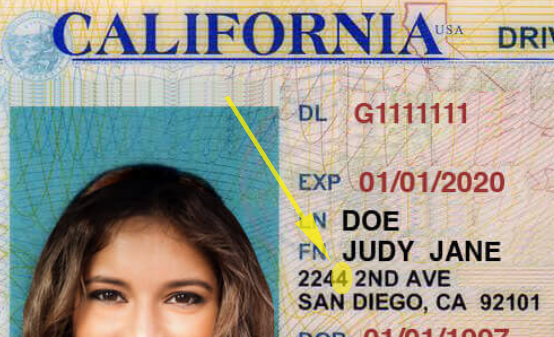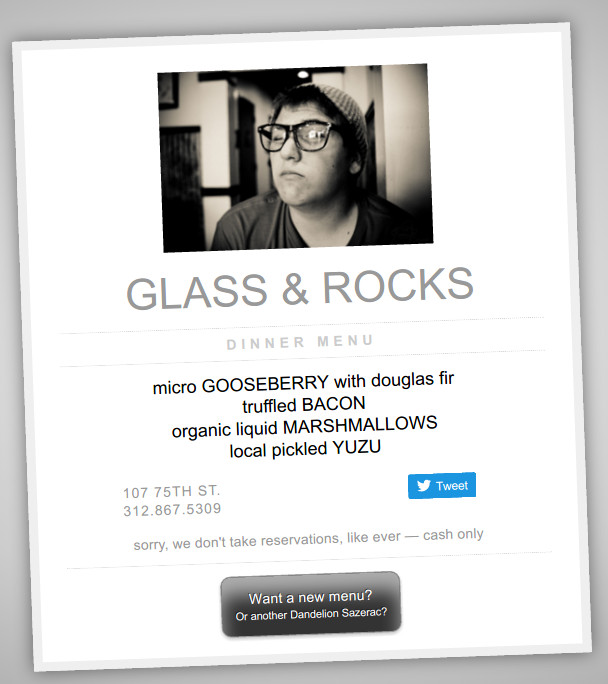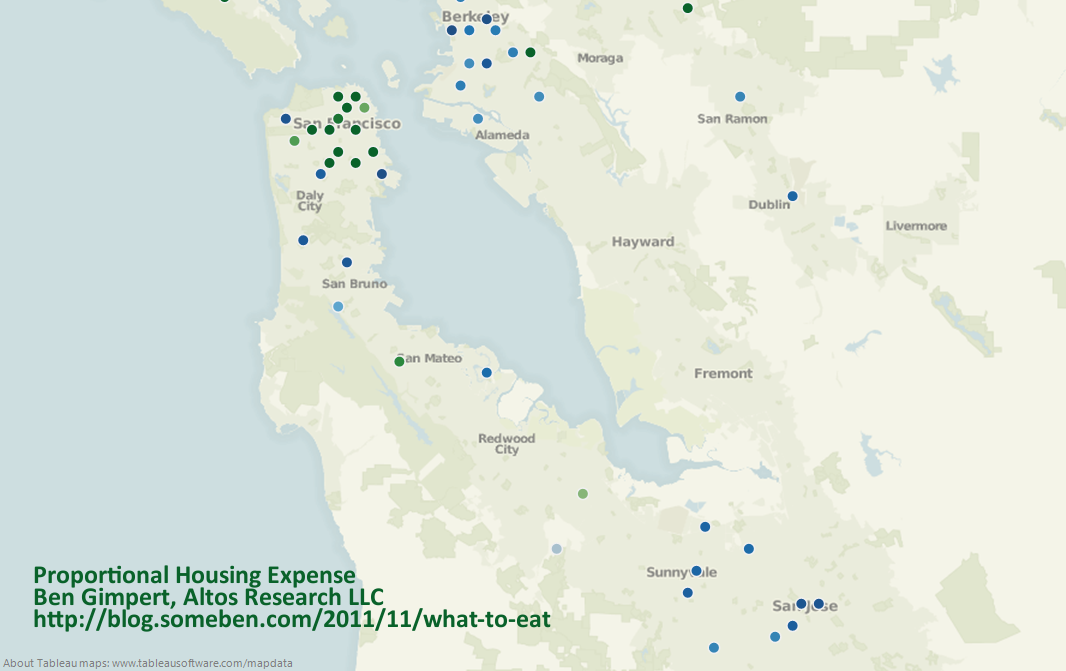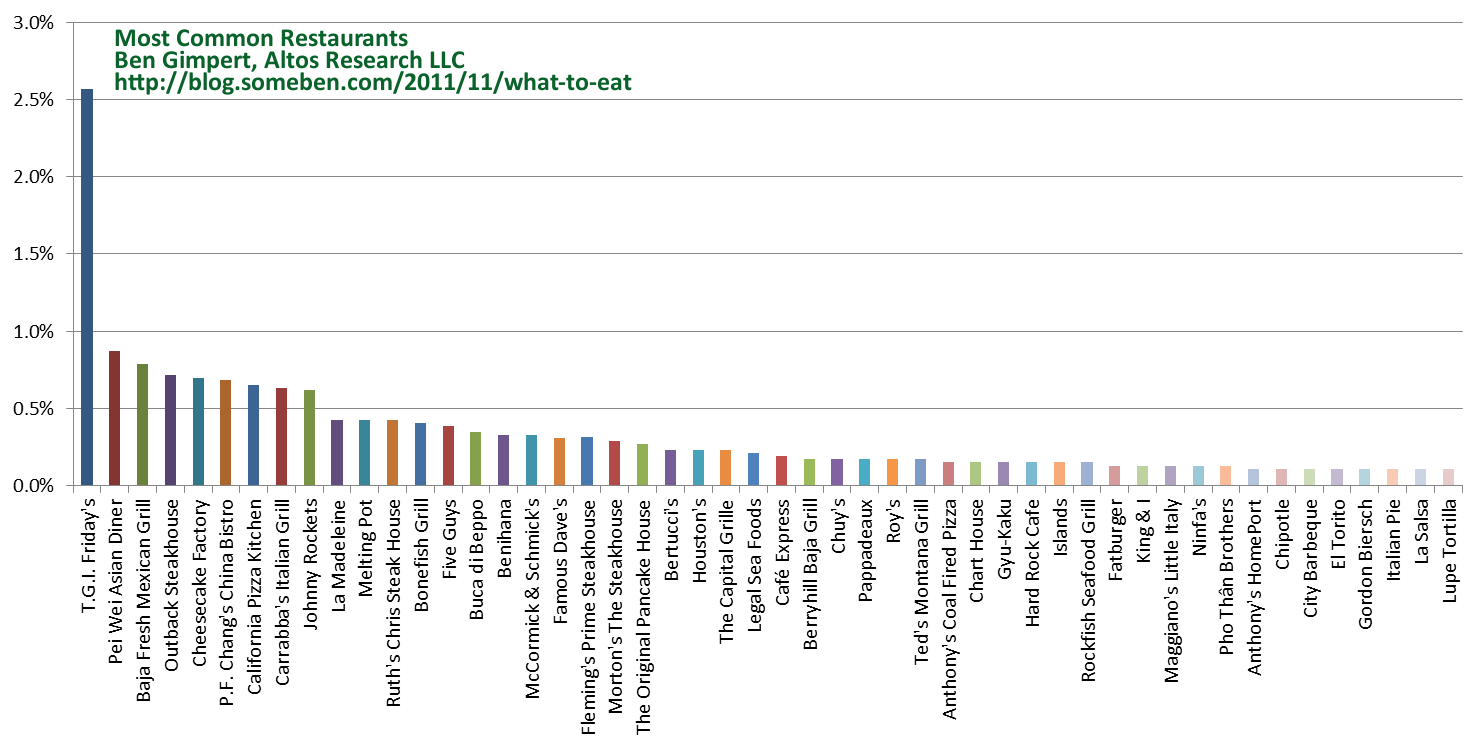We should expect Trump to announce electoral victory on the night of November 3rd. Or earlier the next day. This will be due to some combination of stronger-than-expected in-person voting results and discrediting mail-in votes due to supposed fraud. By this point, ACB will be seated on the Supreme Court. With Florida in 2000 as precedent, the Democratic leadership would do everything possible to avoid a Supreme Court decision.
Trump may be ahead in some states’ early & in-person vote counts, but with small enough margins that the expected “blue shift” in mail-in votes would swing to Biden. These are your classic swing states. Importantly, some of these states have divided government, with Democratic governors and Republican control of the state legislatures. The 4 divided swing states are Michigan, North Carolina, Pennsylvania, and Wisconsin.
MI’s lower house is at stake in November, and will probably stay Republican. Both of the houses in NC & PA & WI are at stake, and all 6 will probably stay Republican. NC’s Democratic governor Roy Cooper is running for reelection, but seems safe. So we can expect the 4 divided swing states to still be divided before and after the election.
The 4 divided swing states may each submit two conflicting slates of electors, like several states did in 1876 and Hawaii in 1960. At the time, voter fraud and disenfranchisement were again the center of controversy.
There is enough ambiguity & confusion around the Electoral Count Act of 1887 passed after the 1876 drama for the elector slate of the state governor or the slate of the legislature to carry — and also around which federal house accepts the counts. There is an interpretation that would completely exclude conflicting electoral slates. Given that the 4 divided swing states have a total of 61 electors, this could mean both Trump and Biden fail to achieve the electoral majority. In this scenario of no electoral majority, the state delegations in the federal House of Representatives vote for the president. Given the very real pandemic and very fake mail-in vote fraud, maybe a state is confused about its own voting. So, “just” let its representatives vote instead…
The state delegation vote is an extremely undemocratic version of the already-undemocratic electoral college: Each state gets a single vote. Here the state of Delaware is literally as important as California!
State delegations would vote by simple majority of representatives in the House of Representatives. (Not the Senate.) The Democratic party has 22 state delegations, while the Republicans have 26, and 2 delegations are tied. Of the tossup House of Representatives elections, 7 representatives could swing their state’s delegation majority from Republican to Democratic. The Democrats would need a net gain of 4 state delegation majorities to get the majority of 26 of 50 state delegation votes.
In order of increasing margin-of-victory for Trump in 2016, the 7 tossup House seats that would swing a state delegation majority are currently held by Brian Fitzpatrick (PA-01), Fred Upton (MI-06), Scott Perry (PA-10), Justin Amash (MI-03), Ross Spano (FL-15), Don Young (AK-AL), and Greg Gianforte (MT-AL). Here PA and MI are somewhat double-counted, since all else equal, only one of the seats held by Fitzpatrick & Perry would need to flip to flip the state delegation. The same for Upton & Amash in MI.
Justin Amash (MI-03) is retiring, Ross Spano (FL-15) was not re-nominated, and Greg Gianforte (MT-AL) is retiring to run for governor. The other 4 are running again in their districts as incumbents.
In this not-entirely implausible scenario, each of these 7 representatives faces three potential outcomes: a) Their district stays Republican, and they vote for Trump in the state delegation; b) The tossup district flips to a Democratic representative, but the incumbent Republican “goes faithless” and votes for Trump in the delegation anyway; or c) The district flips Democratic, and the representative votes for Biden. Also keep in mind that Justin Amash (MI-03) is a Libertarian Trump critic who left the Republican party.
Pelosi and the Democratic leadership should be focused on these 7 house races, as well as fervently horse-trading to encourage the Democratic flip scenario. Get those seven to commit to following the wishes of their constituency, any mandate from two years ago be damned!






